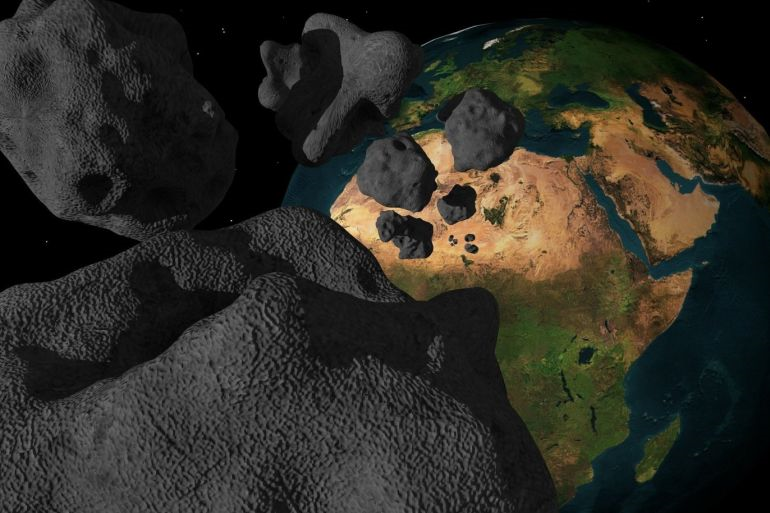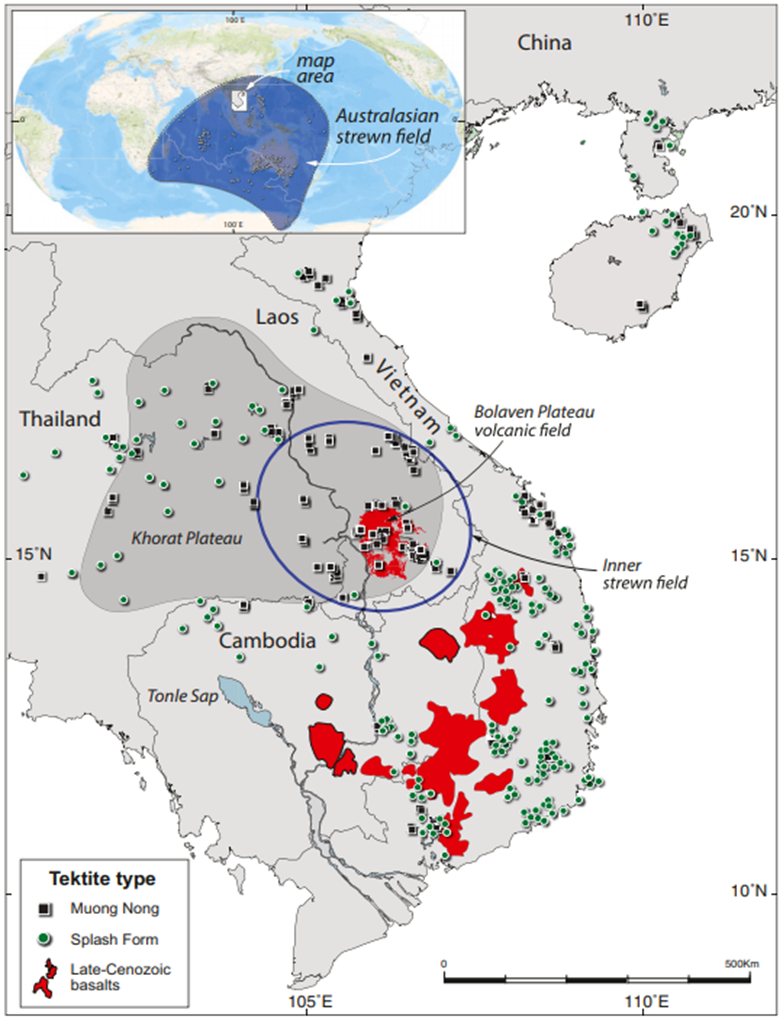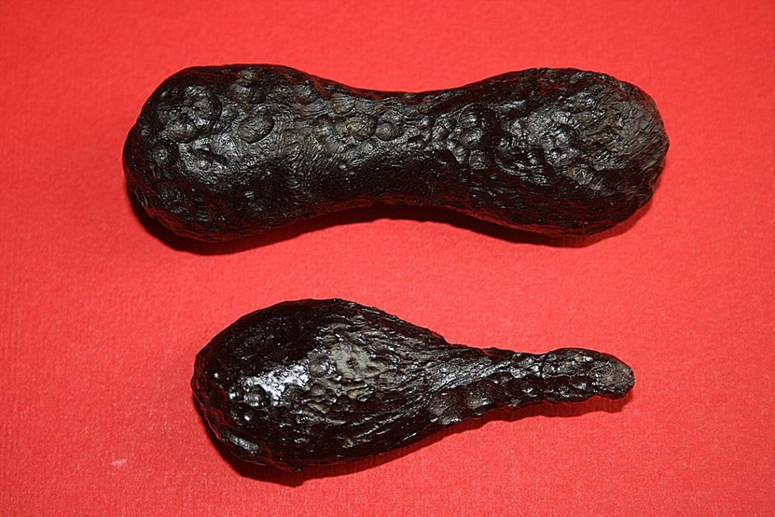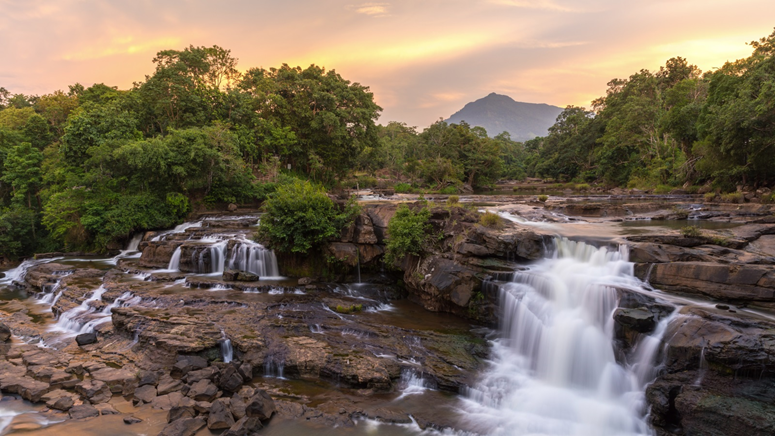Finding the site of a meteorite that hit Earth 800,000 years ago

800,000 years ago, a meteorite 1.9 km wide collided with Earth (Pixaby)
800,000 years ago, one of the largest meteorites measuring 1.9 kilometers across smashed into the planet, causing debris that covered 10% of the planet's surface. Although the impact of the meteorite fall was great, to the extent that its remnants were thrown across three continents: Asia, Australia and Antarctica, scientists were searching for the crater caused by the meteorite, but to no avail.
In a new study published in the Proceedings of the National Academy of Sciences, scientists suggest that the meteorite impact crater may be located beneath lava, in an area of 910 square kilometers around the Bolaven Volcanic Plateau in southern Laos.

Find the collision site
As for the initial clues to the impact site, they are small, glassy, pebble-like objects known as Tektites. Scientists believe that these objects are composed of earth materials that were subjected to melting, as a result of the meteorite fall, and then scattered to the atmosphere, before falling back to earth again.
According to the statements of Kerry C., a researcher at the Earth Observatory in Singapore, "The presence of these objects means that the meteorite was large and fast to the point that it was able to melt the rocks that it collided with."

Initial clues pointing to the impact site are small glassy pebble-like objects (Wikimedia Commons)
By studying the scattering of tektitz, scientists can trace the origin of the meteorite that created it. In the case of this meteorite, the tektites indicated to scientists that a massive meteorite hit the Earth's surface 800,000 years ago, somewhere between the three continents where they found the glassy pebbles.
According to the study's authors, the greatest density of tektitz was found in Indochina - a peninsula made up of Cambodia, Laos and Vietnam - making this the most logical place to look for the crater. But a large meteorite should have left a wide crater on the ground, which scientists did not notice.

All evidence points to Laos
While searching for the crater in the vicinity of Bolaven, scientists found a site they suspected was the meteorite impact site. where created Volcanic eruption On the plateau, which has an area of 6,000 square kilometers, a layer of lava reaches a depth of 300 meters, in a volcanic field large enough to hide the crater of the meteorite impact.
In the area that the researchers targeted as a potential point for the crater, most of the lava flows were between 51,000 and 780,000 years old, which confirmed that the location of the crater that resulted from the meteorite is here.

The crater caused by the meteorite impact is likely to be located in the vicinity of the Bolaven Plateau in southern Laos (Wikimedia Commons)
Miscellaneous guides and further research
"The new study is the first to gather so much evidence, from the chemical nature of tektites to their physical properties, and from gravity measurements to measurements of the age of the lava that could bury the meteorite crater," says Kerry See.
Syah's team compared the chemistry of the rocks in the volcanic field with those in the tektitz they found, and found that they were identical. Then they measured the gravitational fields around the Bolaven Plateau and found an oval underground region measuring 90 meters thick, 18 km long and 13 km wide. That's where gravity measurements got a little weird.
Because the crater was filled with less dense material than the surrounding rock, it has a slightly weaker gravitational pull. So gravity measurements there indicated the possibility of an underground crater.
"We need to dig a few hundred meters further to find out if the rocks below that lava are actually the rocks that can be expected at the impact site, as there should be plenty of evidence of melting and shattering," says Sy.
Source: websites

